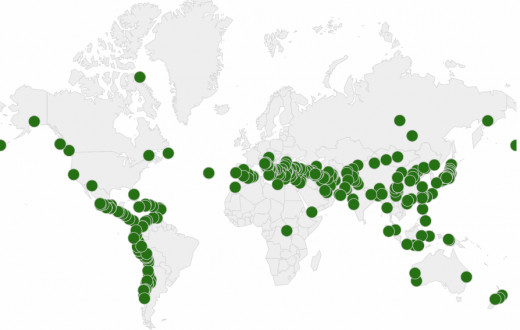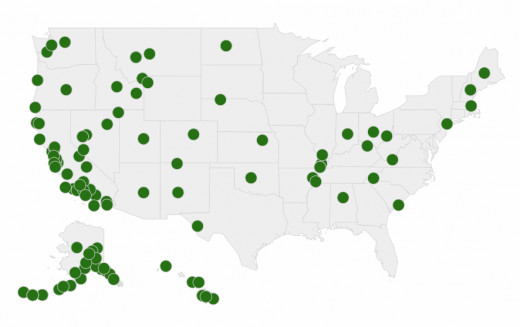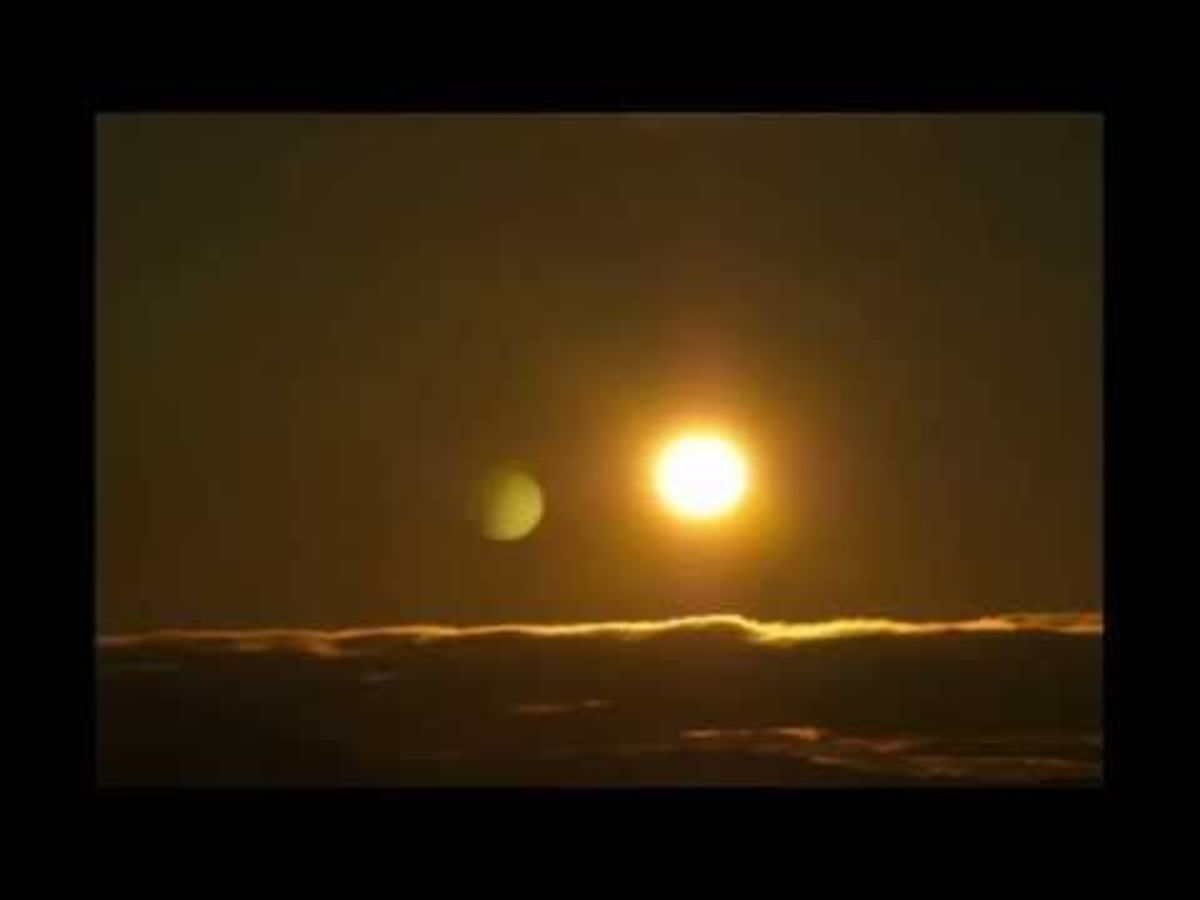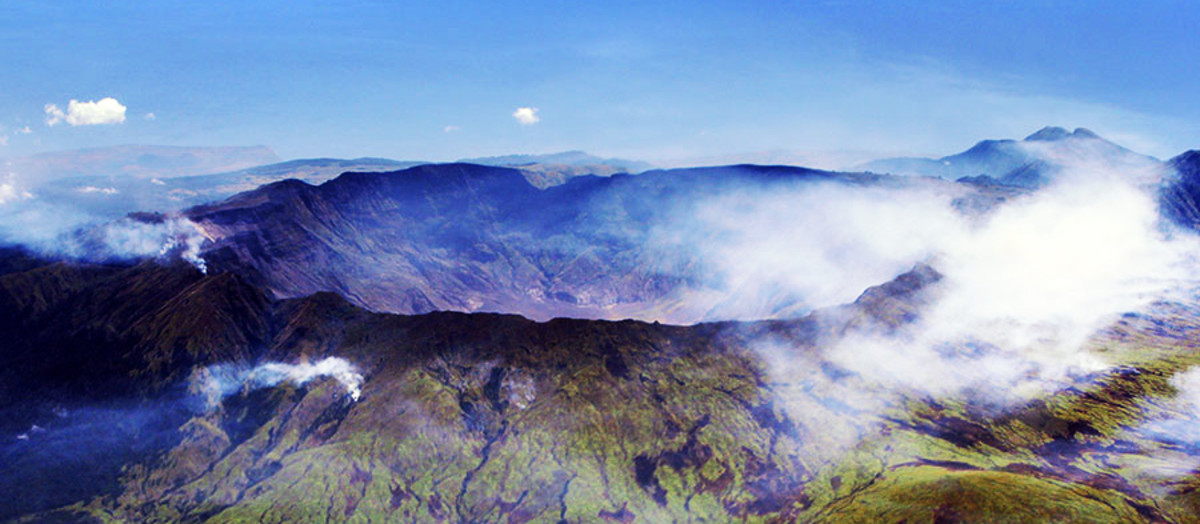Earthquake Weather Report for February-March 2013
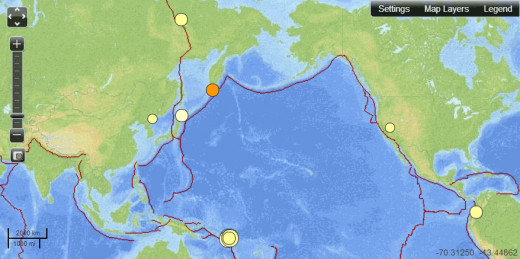
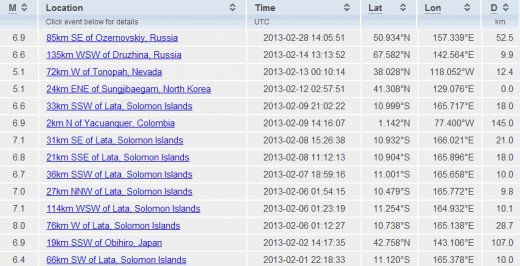
In the spring of 2012, I won a contest at hubpages for my hub answer to the question of whether astrology could predict earthquakes. I answered a resounding yes! How I chose to prove it was to introduce the readers to three different times during the year, when the sun was within three separate spans of zodiacal degrees, where destructive earthquakes were more likely to happen. At the end of the article I summed it up and stated that people should be more aware of the possibility of earthquakes during the periods of December 26-27, May 26-27, and February 5-6. On February 6 of this year there was a 7.9-8.0 magnitude earthquake in the Santa Cruz Islands, part of the Solomon Islands in the south Pacific region. It produced a small tsunami that caused enough destruction to result in the loss of about a dozen lives.
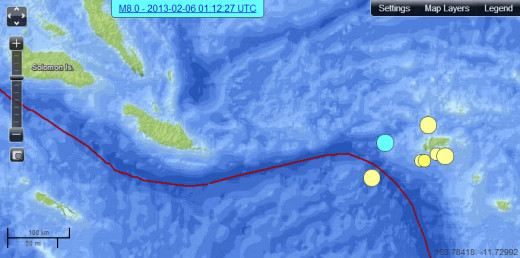

This quake and its six magnitude 6.6 to 7.1 aftershocks occurred during a seismic window that I defined in an earlier hub that extended from February 2nd to the 9th. This large window and a 24 hour one during the 18th and 19th of February, made up 35% of that month. Statistically one would expect an average of four 6.5 magnitude or greater earthquakes to fall within any given month and thus, just one or two such quakes would be expected within 9-10 days or a third of the month.
If we look at all of the earthquakes above 6.5 magnitude that fell within my window, I did extremely well in February, but if we exclude the aftershocks then the performance was not much better than average. This is partly due to the 6.9 magnitude Japanese earthquake of February 2nd falling just two and a quarter hours before the opening of my first window. There was also a 6.6 magnitude earthquake in Russia on February 14th, which fell between my two indicated windows. One last quake of 6.9 occurred on the last day of the month on the southern tip of the Kamchatka peninsula (there was a spike at the time of astrological values but since it was a bit below average I chose to ignore it earlier). Another quake that did fall within my first larger window was a 6.9 magnitude one in Colombia on February 9th. That quake was also felt across the border in Ecuador. Colombia wasn't on my list of possible locations for a quake on that date, but Ecuador was.
I wish to stress at this point that, even though my performance may have been about as it should have been statistically if the aftershocks are excluded, if we look at the total energy release of all events during the month of February, 95% of the tectonic force (for earthquakes of 6.6 magnitude or higher) occurred during my window of about eight days in length. The 7.95 magnitude earthquake released 79.63% of the energy for the month and the six aftershocks of 6.6 to 7.1 released 13.26% of the energy (calculated in joules). The last part of the equation is represented by the 6.9 magnitude Colombia earthquake which released 2.12% of the total seismic energy for the month. That leaves three earthquakes outside of my windows, ranging from 6.6 to 6.9 magnitude and representing 5% of the total energy released.
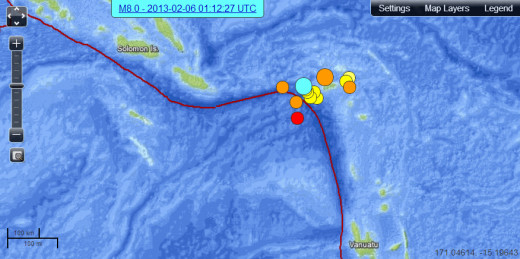
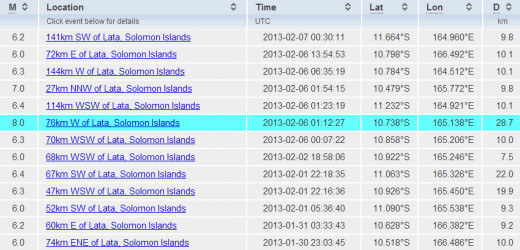
However, I didn't even come close to predicting the location of the great quake in the Santa Cruz islands. If I had been more alert I could have written an update to my earlier hub before it happened to state that that area was likely to have a very large event occur, but it wasn't until about an hour before that substantial earthquake that it became almost obvious to me that such was likely to occur there. That was due to a 6.0 magnitude event that occurred about an hour before the 8.0 one. The smaller quake was just one in a series of seven 6.0-6.4 magnitude pre-shocks that began less than three hours following a 6.8 magnitude event in Chile on January 30th. That date was the beginning of an active period that ended with the Russian quake of February 14th (the midpoint of that span centered on the time of the 8.0 magnitude quake of February 6). During that flurry of activity there were five quakes of 6.5 magnitude or greater (excluding the six aftershocks) in a stretch of just 15 days (or 2.5Xs the average; 5.5Xs the average if one counts the aftershocks).
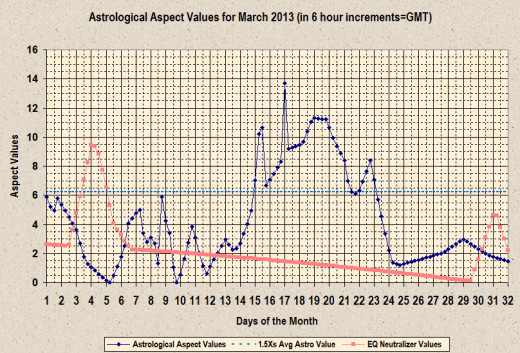
For March, things look like they should be above average, but perhaps not as big as February (in energy release at least). During the upcoming month I am forecasting just one large window of 8.75 days in length or occupying 28.2% of the time in that month. It stretches from March 14 at 6pm, GMT to March 23 at noon, GMT. Statistically, there should be only one earthquake of 6.5 magnitude or larger falling within my window. I expect at least two. There will be four peaks during that period and I now present the dates and times of those peaks along with locations that have potential for destructive earthquakes at or near to those times.
March 15 at 1045 GMT: Iran, Italy, New Zealand, Greece, USA: Hawaii, N. California (Bay Area), Idaho.
March 17 at 0005 GMT: Iran, Indonesia, Greece, China, Italy, USA: Hawaii, N. Dakota, New Mexico, Nevada, Maine.
March 19 at 1200 GMT: Iran, Greece, Italy, India, China, Argentina, Costa Rica, Ecuador, USA: Nevada, California, Hawaii, N. Dakota, Alaska, New Mexico, Maine.
March 22 at 1810 GMT: Italy, Greece, Balkans, Iran, Japan, China, India, Colombia, Chile, USA: Alaska, California, Hawaii, N. Dakota, Nevada.
Copyright © 2013 Joseph W. Ritrovato
